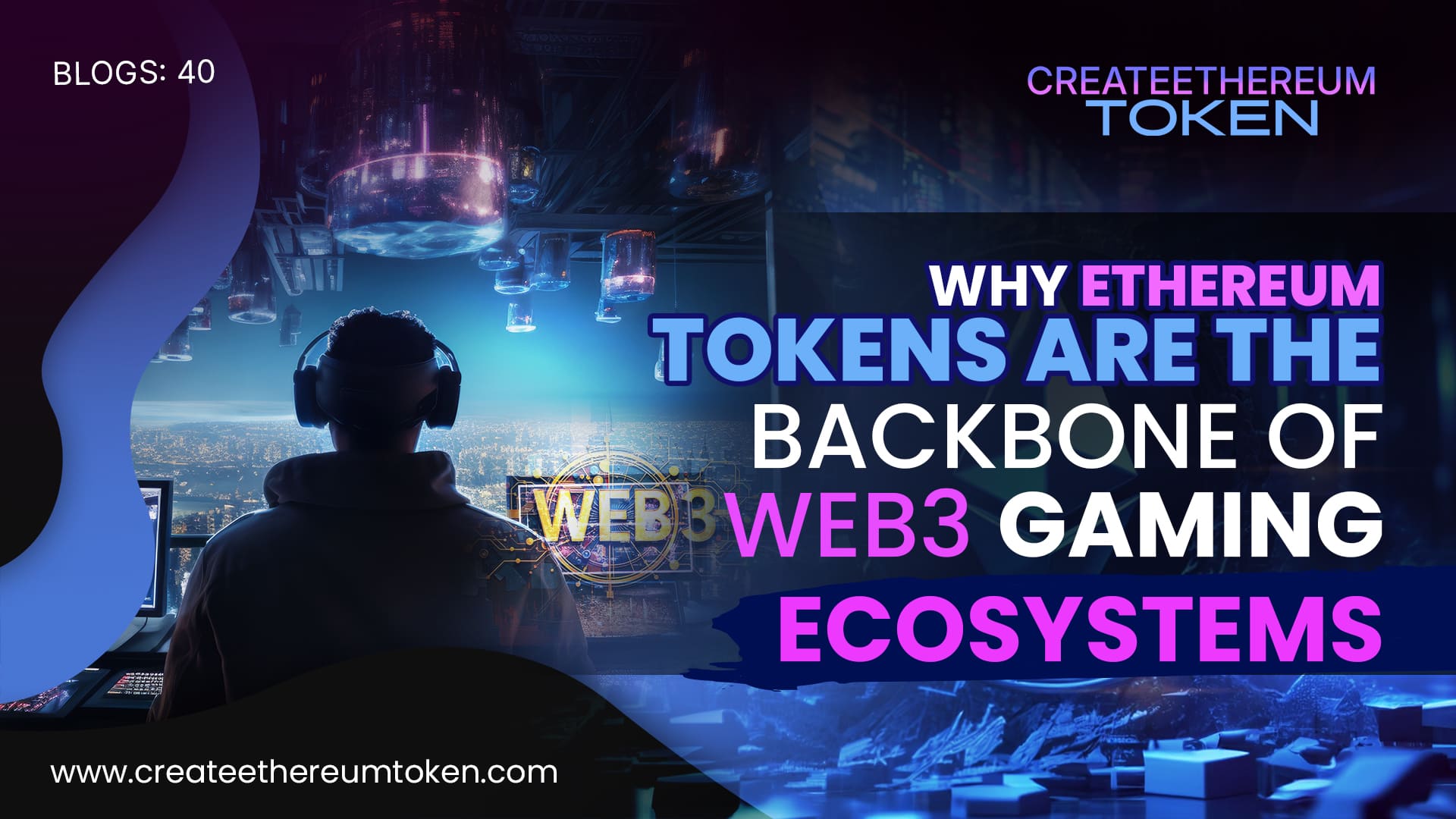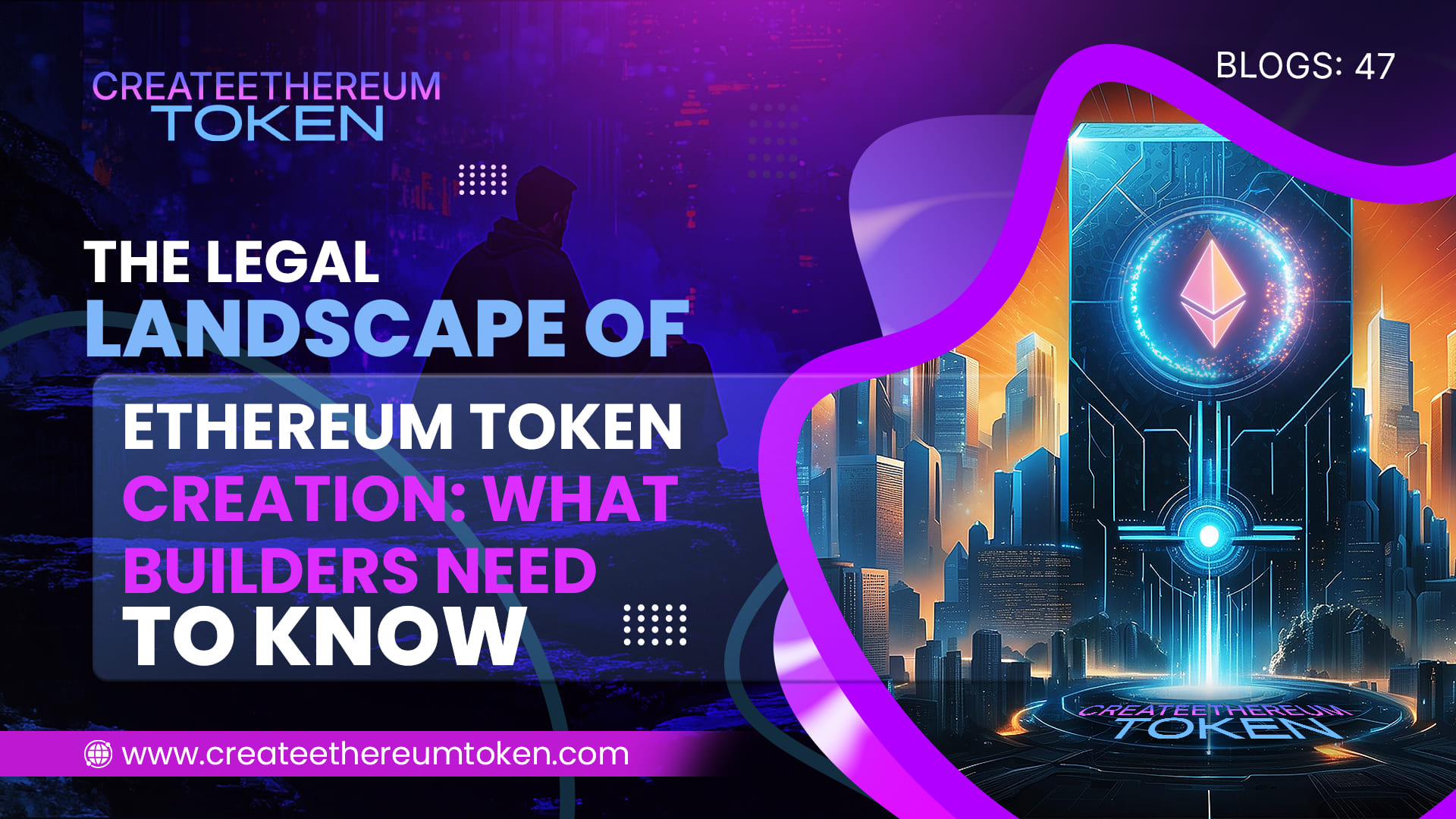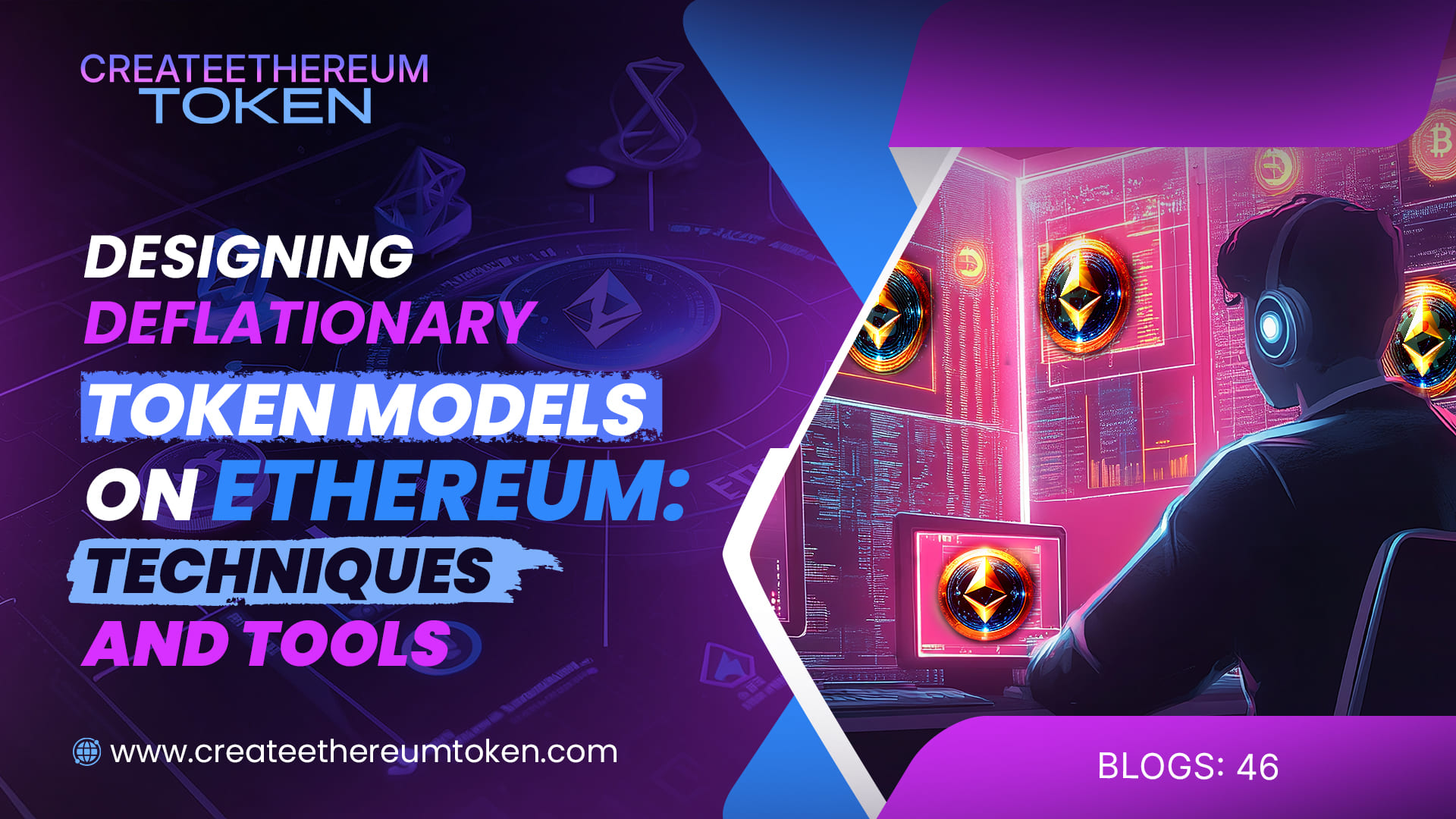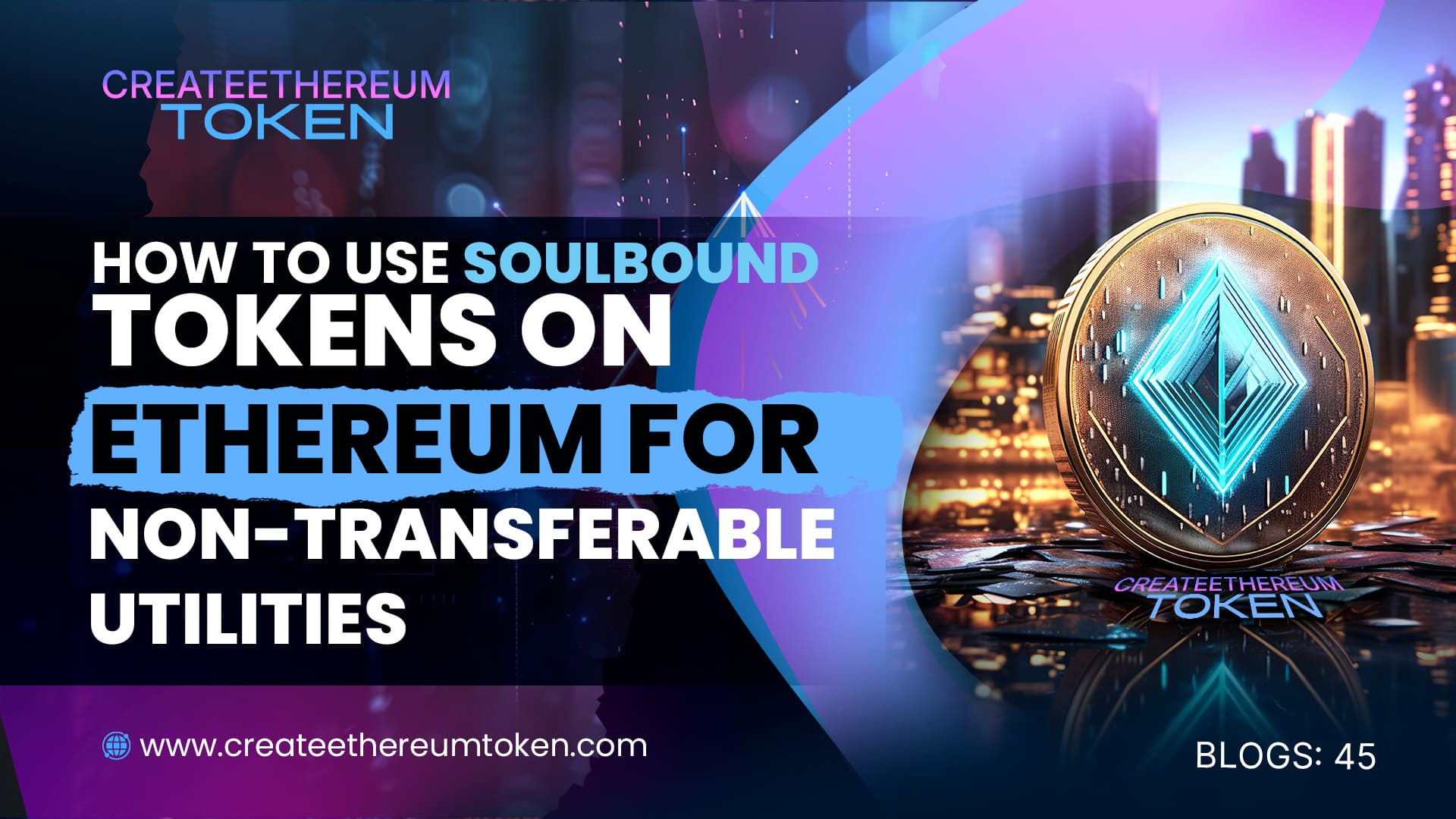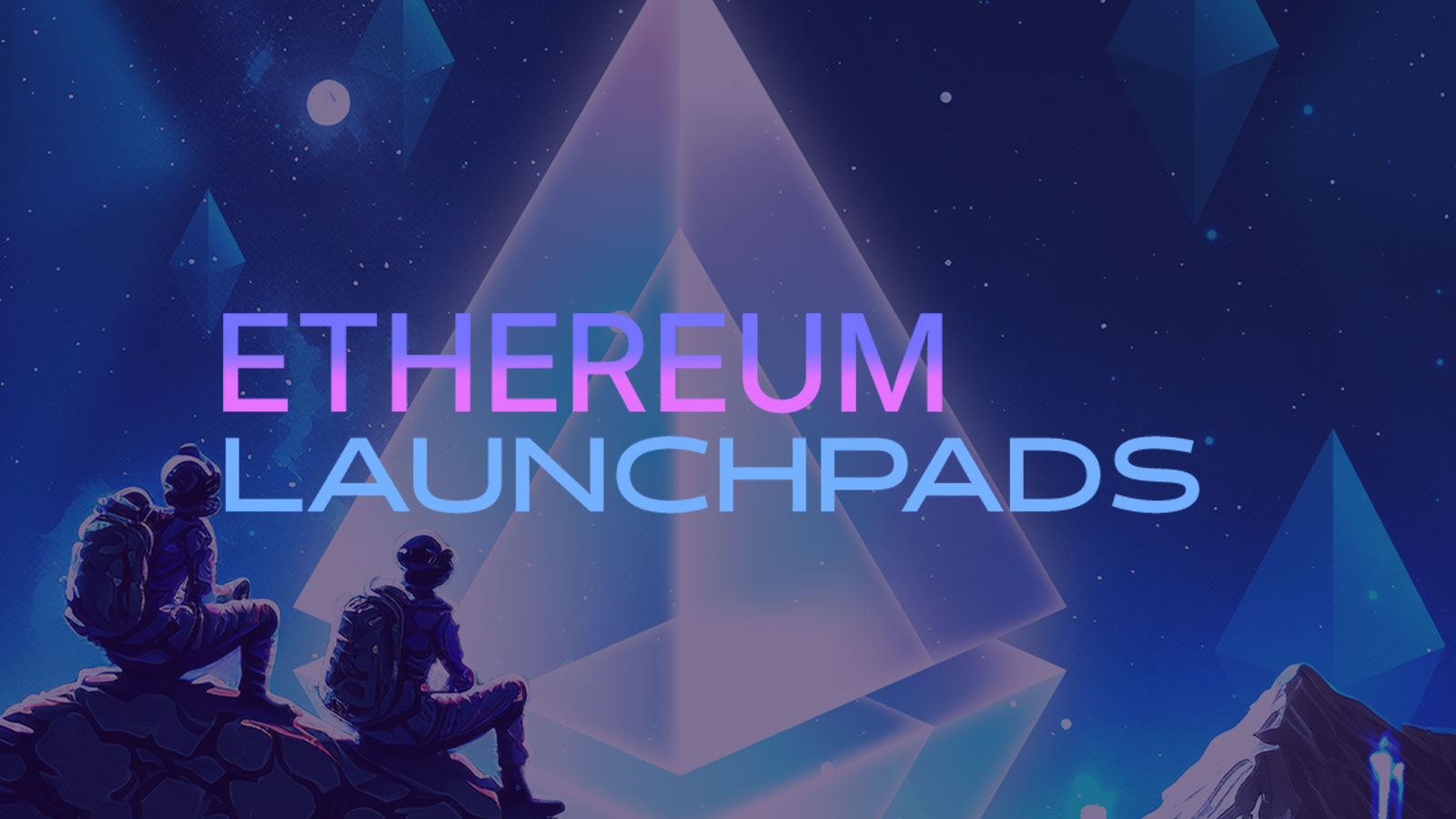April 18, 2025
Why Ethereum Tokens Are the Backbone of Web3 Gaming Ecosystems
Web3 gaming is transforming the way players interact with digital environments—enabling true ownership, play-to-earn models, and decentralized economies. At the center of this revolution are Ethereum-based tokens, which serve as the core infrastructure powering everything from in-game currencies to tradable assets and governance rights.
How Ethereum Tokens Power Web3 Games
- In-Game Currency (ERC-20): Used for purchasing items, staking, and rewarding players.
- Tradable Game Assets (ERC-721 & ERC-1155): Represent unique characters, skins, weapons, or land as NFTs.
- Cross-Platform Interoperability: Ethereum tokens are portable across marketplaces and games, allowing players to use assets outside of a single platform.
Why Ethereum Is Still the Leading Chain for Web3 Gaming
- Established Standards: ERC-20, ERC-721, and ERC-1155 are widely supported and battle-tested.
- Developer Ecosystem: Vast libraries, tooling, and community support make Ethereum the go-to chain for game devs.
- Layer 2 Scaling: Solutions like Base, Arbitrum, and Immutable X provide high-speed, low-fee environments for real-time gameplay and microtransactions—without leaving Ethereum’s security.
Benefits for Players and Developers
- True Ownership: Players hold their items in their wallets—not in a company database.
- Earning Opportunities: Play-to-earn models allow players to generate income by competing, completing quests, or participating in economies.
- Governance and Voting: Some games use tokens to give players influence over future updates, balancing, and ecosystem funding.
Conclusion
Ethereum tokens are the foundation of the Web3 gaming ecosystem. They give players freedom, developers flexibility, and communities power. As Web3 gaming matures, Ethereum’s token standards will continue to support the shift toward decentralized, player-owned digital economies.
